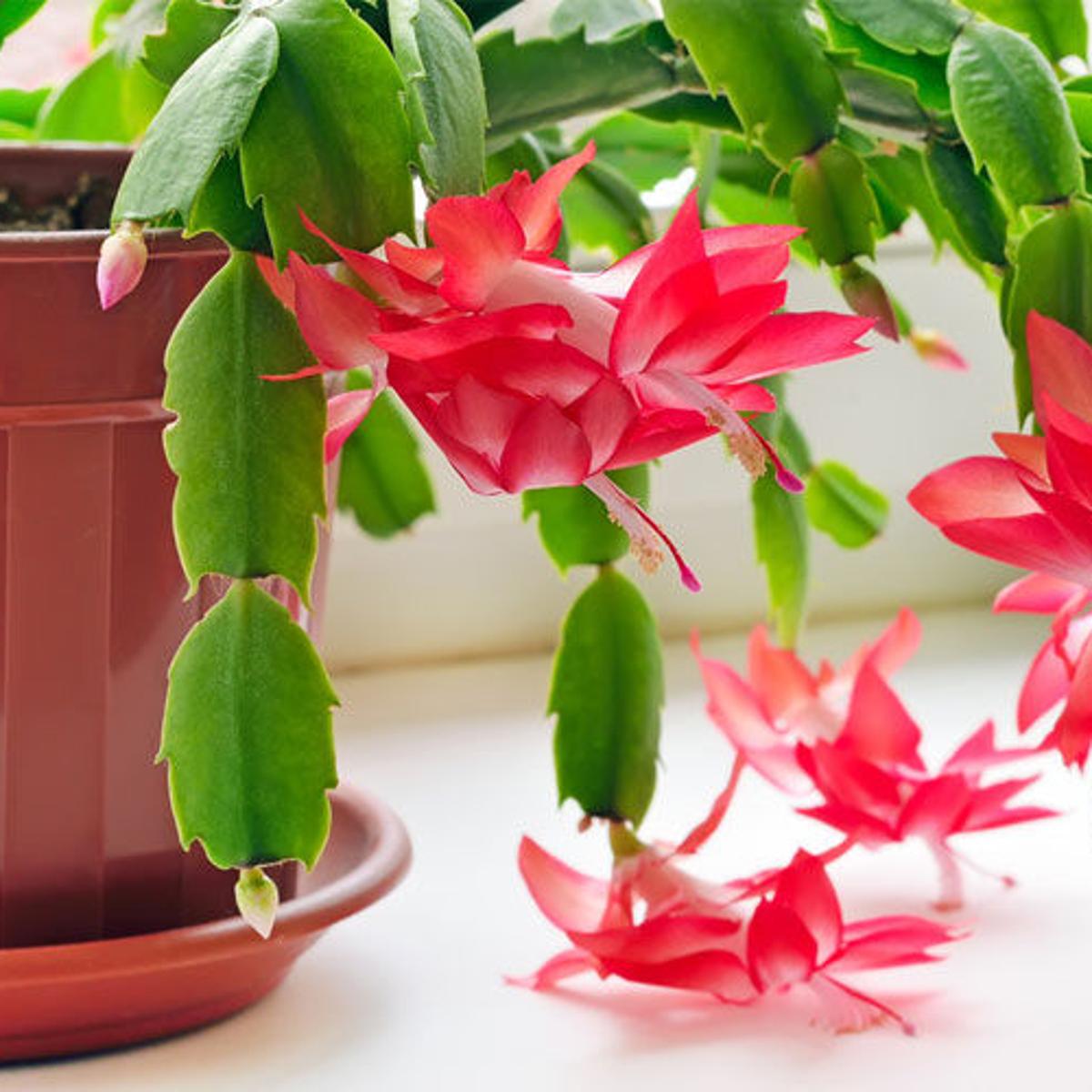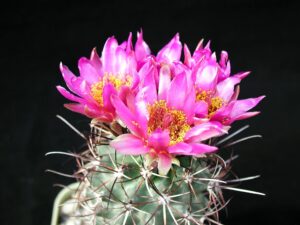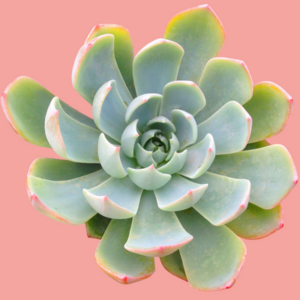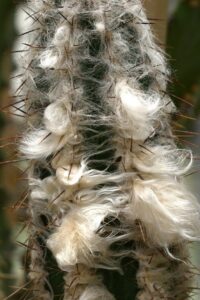The enchanting allure of the Christmas Tree Cactus (Schlumbergera) transcends the typical boundaries of traditional houseplants. Known for its vibrant blooms during the winter months, this unique succulent is a delightful companion for plant enthusiasts and novices alike. In this comprehensive guide, we will delve into the nuances of caring for a Christmas Tree Cactus, addressing common concerns and providing essential insights to cultivate a thriving specimen.
Understanding the Christmas Tree Cactus’ Unique Botanical Traits
Firstly, it is crucial to comprehend the biological characteristics that set the Christmas Tree Cactus apart from its desert-dwelling relatives. Unlike many cacti, which thrive in arid environments, this epiphytic cactus originates from the humid rainforests of Brazil. This unique background informs its care requirements and cultivation conditions.
The Christmas Tree Cactus features segmented, flat pads that resemble a Christmas tree, hence its charming name. The foliage is a vibrant green, but the plant flourishes during the winter when it produces eye-catching blossoms in shades ranging from magenta to white. These flowers often have a delicate, tubular design that captures the essence of the holiday season. Understanding these traits is fundamental for ensuring your cactus flourishes.
The Ideal Environment for Optimal Growth
Creating an optimal environment is paramount for nurturing a healthy Christmas Tree Cactus. These plants thrive in bright, indirect sunlight. While they can tolerate brief exposures to direct sunlight, prolonged exposure can lead to sunburn, resulting in unsightly scorch marks on the pads. Placing the cactus near a north or east-facing window is often ideal.
Temperature is another critical factor. This remarkable plant prefers temperatures between 60°F and 70°F. It thrives in humidity, making it an excellent choice for kitchens or bathrooms where moisture levels are typically higher. Adequate airflow is similarly vital—ensuring that the plant is not crowded may help in preventing fungal infections and pests.
Watering and Feeding: Striking the Right Balance
One of the most frequent buyer concerns revolves around the watering needs of this fascinating cactus. Overwatering is a common pitfall for many plant caretakers, which can lead to root rot and subsequently diminish the plant’s vitality. The key is to employ a well-draining potting mix designed for cacti and succulents, allowing excess water to escape through drainage holes.
During the growing season, which typically spans from spring to early fall, the Christmas Cactus should be watered once the top inch of soil feels dry to the touch. In contrast, when winter arrives, watering should be significantly reduced. The cactus enters a dormancy phase and requires far less moisture during this period. Maintaining this delicate balance will help ensure the longevity of your Christmas Tree Cactus.
Additions of fertilizer during the growing season can also bolster the plant’s health. A diluted cactus fertilizer or a balanced, water-soluble fertilizer can be applied every few weeks. However, it is vital to refrain from fertilizing during the dormant winter months, as this can lead to nutrient burn and damage the plant.
Propagation: Expanding Your Collection
For avid gardeners and cactus collectors, propagating the Christmas Tree Cactus can be an enjoyable endeavor. This plant can be propagated through stem cuttings, and the process is relatively straightforward. Select a healthy segment from the cactus and allow it to dry for a few days so that the cut end can callous over. Once this happens, plant the cutting in a well-draining potting mix and provide the proper conditions for rooting. Generally, it will take several weeks for roots to develop, after which the new plant can be treated similarly to an established cactus.
Common Pests and Problems: Prevention and Treatment
Though the Christmas Tree Cactus is relatively resilient, it is not immune to common pests. Mealybugs, aphids, and spider mites can occasionally invade your cactus, leaving behind a trail of distress. Regularly inspecting the plant can help nipping infestations in the bud. Should an invasion occur, applying insecticidal soap or neem oil can effectively eradicate these pests without causing undue harm to the plant.
Furthermore, signs of distress—such as wilting, discoloration, or dropping pads—can indicate larger issues, including root rot or inadequate light. Recognizing these red flags early can help ensure your plant thrives year-round.
Embracing the Holiday Spirit: Seasonal Care
The Christmas Tree Cactus bears significant cultural connotations and is often associated with the festive season. Its vibrant blooms can add a cheerful touch to holiday decorations. To enhance blooming, consider adjusting the light and temperature during the months leading up to winter, simulating its natural environment. Maintaining cool nights and bright days can induce flowering, ensuring a delightful display that embodies the essence of the holiday spirit.
In conclusion, the Christmas Tree Cactus is not only a striking plant but also a symbol of care and celebration during the holiday season. By understanding its unique characteristics, creating an inviting environment, and adhering to proper care techniques, you can cultivate a thriving cactus that will bring joy for years to come. Whether you’re a seasoned plant expert or a beginner, nurturing a Christmas Tree Cactus promises a rewarding experience that encapsulates the charm of plant life.





Leave a Comment